Frequently Asked Questions
1. What are the essential kitchen knives every home cook should have?
2. What is the role of a chef's knife in the kitchen?
3. How can pocket knives be used in food preparation?
4. What are some tips for maintaining kitchen knives?
5. Why is investing in quality kitchen knives important for cooking?
Every great meal starts with a great knife. In the world of culinary arts, the right tools not only enhance your efficiency but also empower your creativity. Knives are to a kitchen what instruments are to a musician; choosing the right ones can drastically impact the quality of your cooking. In this article, we’ll explore essential kitchen knives that every home cook should have, including the versatile role of pocket knives in food preparation.
The Foundations of Kitchen Knives
Understanding the different types of knives available and their specific uses is crucial for any aspiring chef. Knives are designed for various tasks, from chopping and slicing to dicing and mincing. Their unique shapes and sizes cater to different ingredients and cooking styles. Below are some of the essential knives that belong in every kitchen.
Chef's Knife
The chef's knife is arguably the most important tool in any kitchen. With a broad blade ranging from 8 to 12 inches in length, it can handle a multitude of tasks such as slicing, dicing, and chopping. The weight and balance of a good chef's knife allow for smooth and fluid cuts, making meal prep a breeze. A reliable chef’s knife is an investment that will pay off in culinary versatility.
Paring Knife
A paring knife is a small, versatile knife typically with a blade length of 3 to 4 inches. This knife shines when it comes to intricate work like peeling fruits, deveining shrimp, or detailed cutting tasks. Its small size offers precision and control, which is particularly handy for detailed tasks. A paring knife can significantly enhance the efficiency of food prep, proving itself invaluable for any home cook.
Serrated Knife
The serrated knife, also known as a bread knife, features a long, scalloped blade designed to easily slice through soft bread without crushing it. Beyond bread, serrated knives are excellent for cutting through any item with a tough outer skin and soft interior, such as tomatoes or citrus fruits. Its distinctive design prevents squishing and offers cleaner cuts, making it a staple for anyone who loves baking or fresh produce.
Utility Knife
The Role of Pocket Knives in the Kitchen
While pocket knives are often seen as tools for outdoor adventures or general utility, they can also hold a valuable place in the kitchen. Think of them as the multitaskers of cooking. Their compact size and versatility allow home cooks to perform a variety of tasks, making them handy for more than just on-the-go needs.
Versatility and Portability
One of the standout features of pocket knives is their ability to adapt to any cooking environment. Whether you're at a campsite preparing dinner or in your kitchen slicing herbs, a well-made pocket knife can be your best friend. From removing seeds in peppers to slicing small fruits, the creative uses for pocket knives in food preparation are boundless.
Perfect for Outdoor Gatherings
If you enjoy cooking outdoors or picnicking, a pocket knife can be indispensable. Instead of carting around a full knife set, a compact and lightweight pocket knife can handle most tasks with ease. It’s a must-have for outdoor chefs who like to keep their gear minimal yet effective.
Everyday Convenience
Many home cooks find themselves reaching for a pocket knife during everyday cooking. Need to open a bag of spices? Slice a wedge of lemon? Create garnishes? A good pocket knife is always within reach and can prove useful during meal prep. It’s a great way to save time and effort, especially when busy in the kitchen.
Maintaining Your Knives
Owning quality knives is only half the battle. Proper maintenance is essential to ensure that your knives continue performing effectively. Here are some tips on how to care for your kitchen tools:
Sharpening
Regular sharpening is vital for maintaining a knife's edge. A sharp knife is not only safer but also makes food preparation easier and more enjoyable. You can use a sharpening stone, honing rod, or an electric knife sharpener. It's a skill every cook should master, as even the best knives are ineffective if dull.
Cleaning
After use, clean your knives promptly and thoroughly. Avoid placing them in the dishwasher, as the harsh environment can damage the blade and handle. Instead, wash them by hand using warm, soapy water and dry them immediately to prevent rust and maintain their appearance.
Storage
Proper storage of your knives is equally important to prevent damage. Utilize a knife block, magnetic strip, or sheath to keep them safe and organized. Storing them correctly prolongs their lifespan and keeps your kitchen safe from accidental cuts.
The Takeaway for Aspiring Chefs
Investing in a good set of kitchen knives is vital for enhancing your cooking experience. Each knife serves a unique purpose and contributes to the efficiency and creativity of meal preparation. While pocket knives may offer convenience and versatility, they should not replace a full set of kitchen knives—rather, they can be a great supplementary tool.
Always remember to care for and maintain your knives adequately to ensure they last for years to come. The right equipment, combined with proper techniques, can elevate not just your cooking skills but also your enjoyment of the culinary arts.
Whether you’re chopping onions for your famous stew or slicing bread for a family gathering, having the right knives on hand transforms your kitchen into a place of culinary magic. Equip yourself with these essential tools, and you'll be well on your way to creating delicious meals that impress and delight.


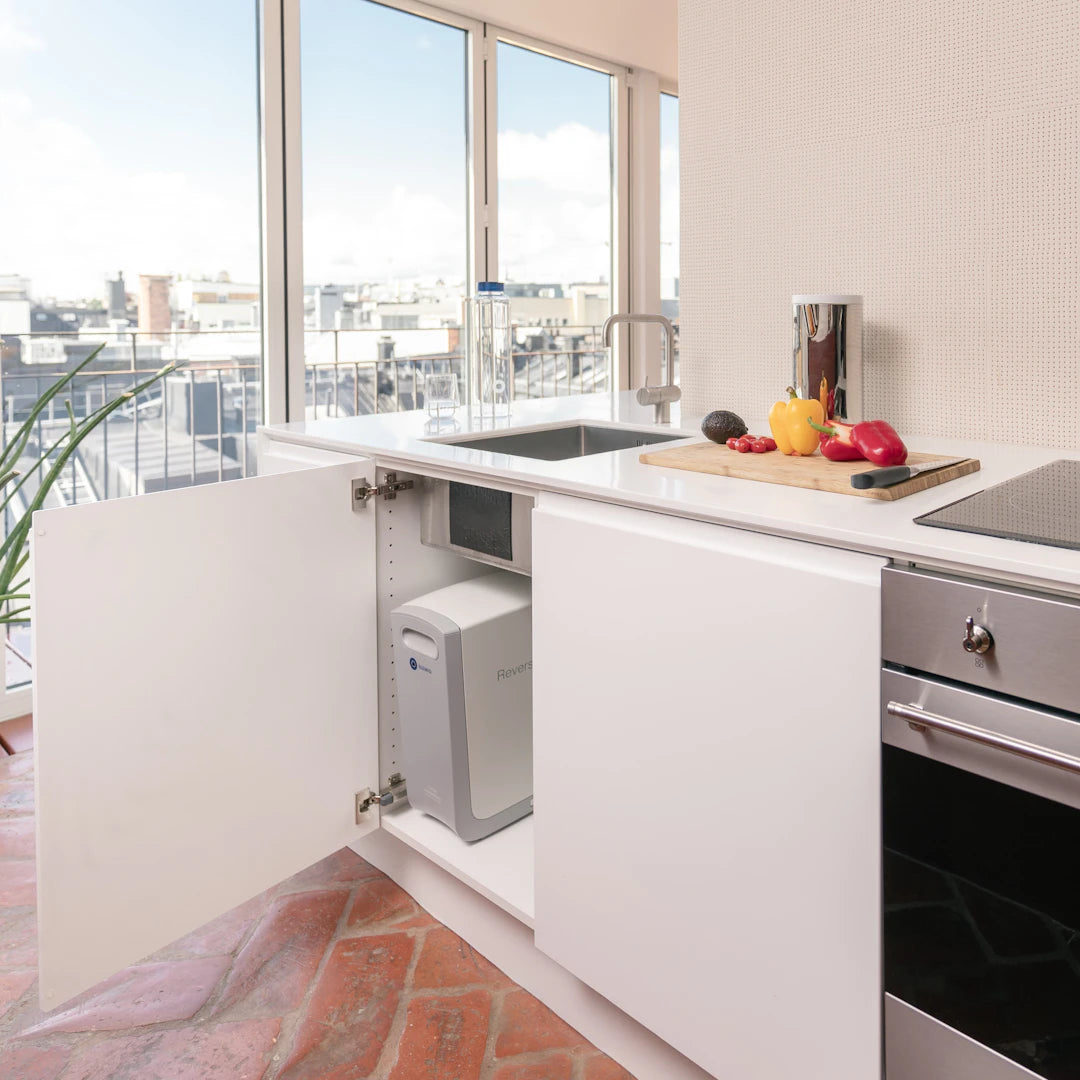



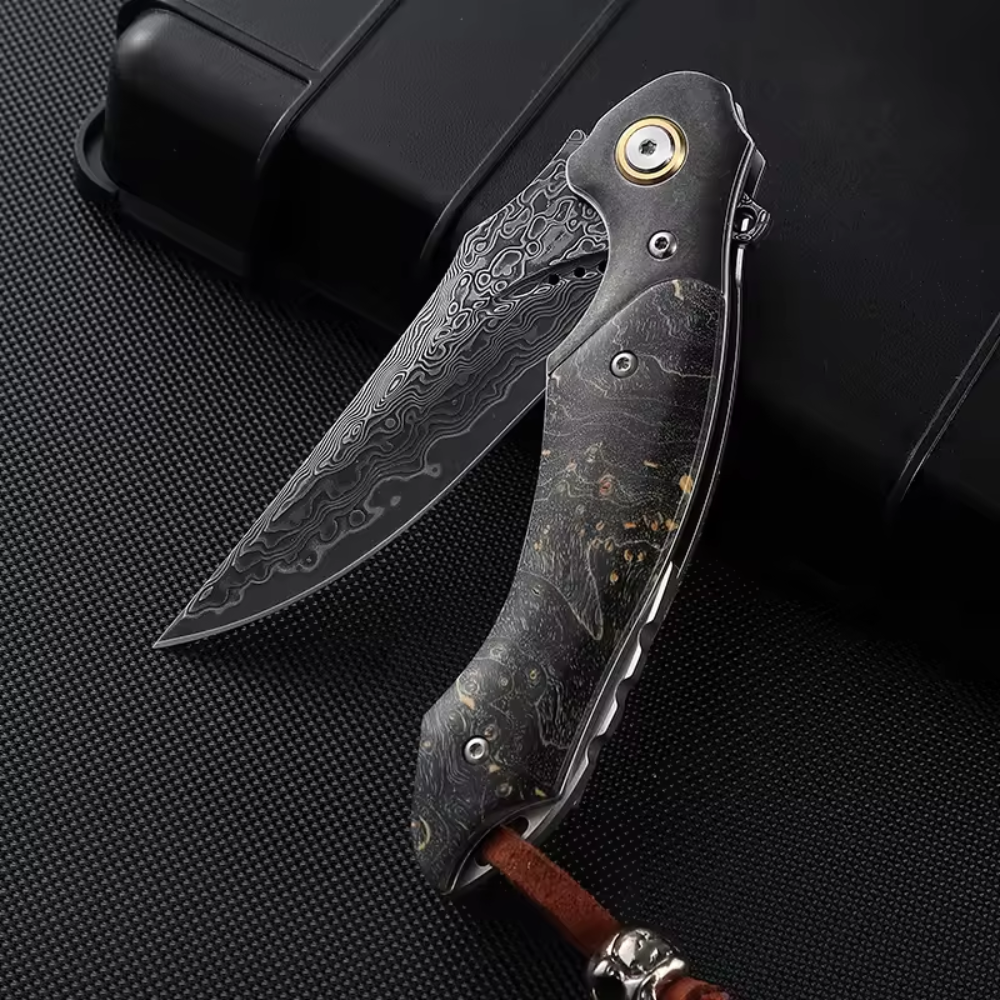
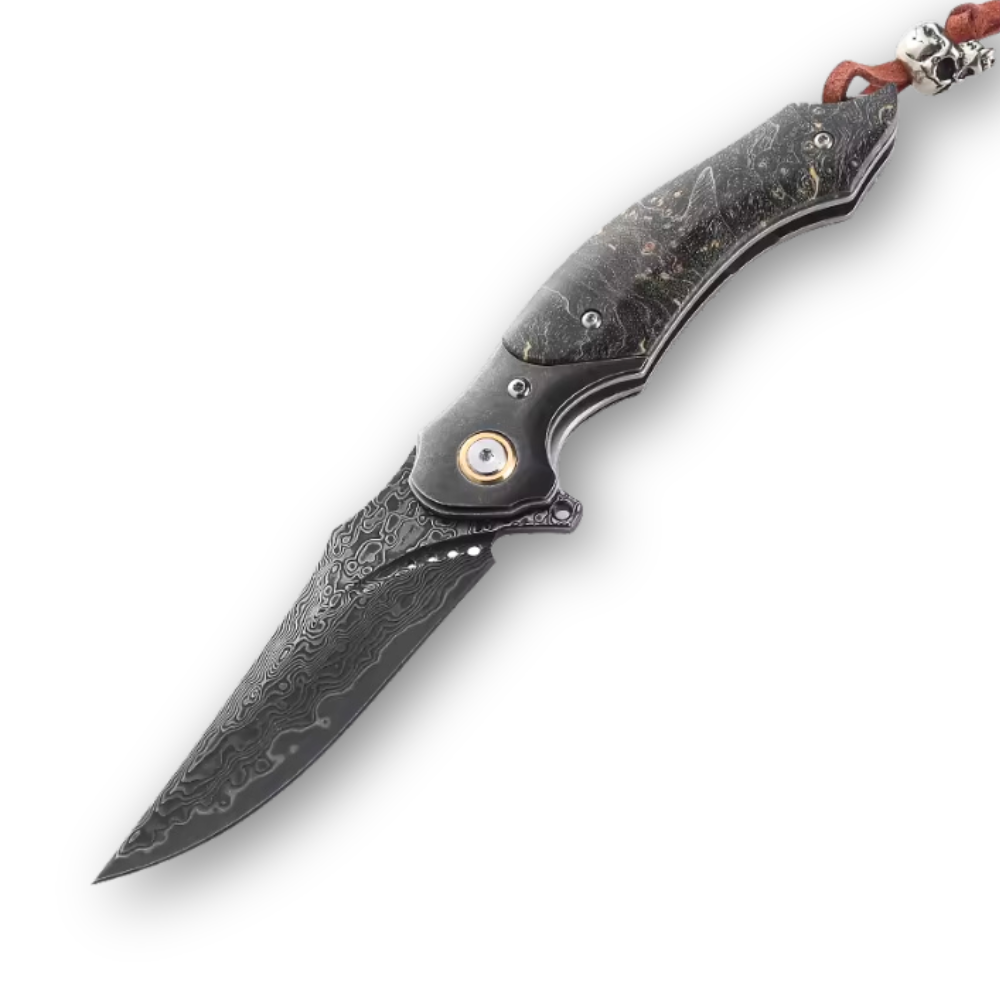
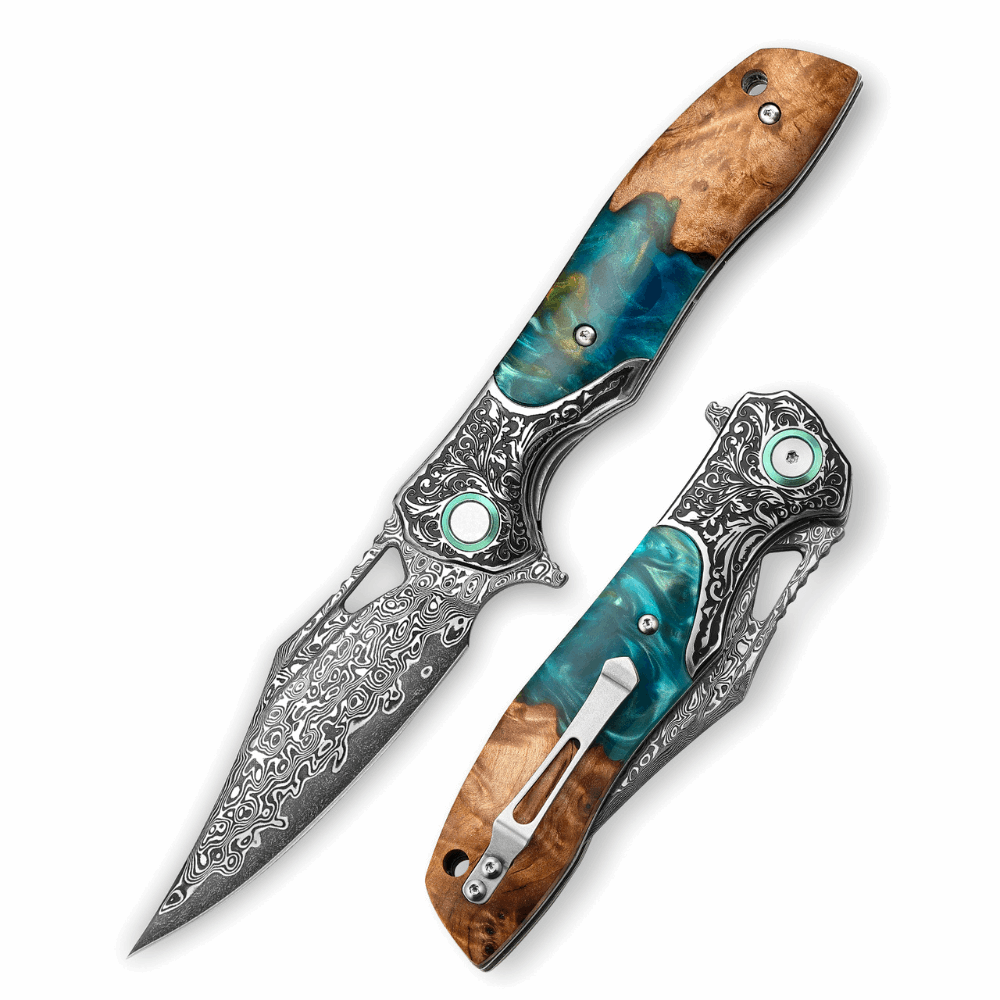
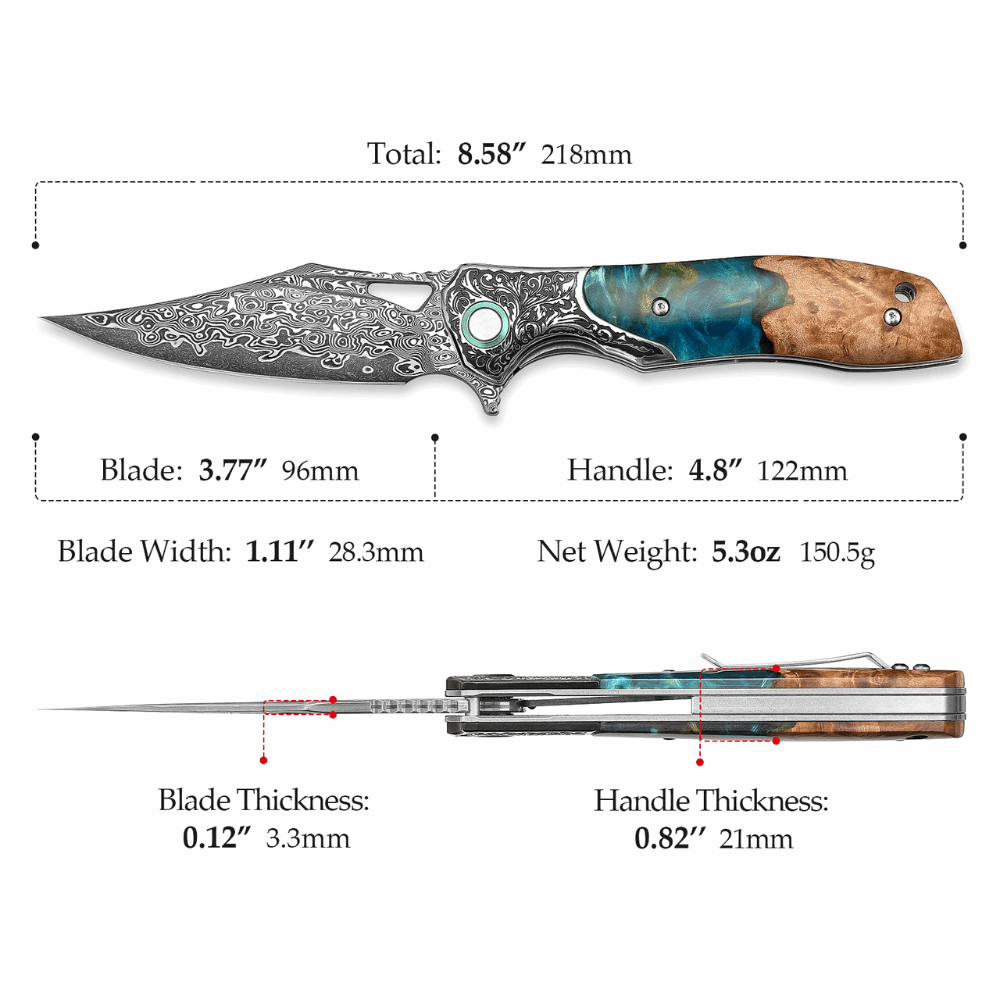
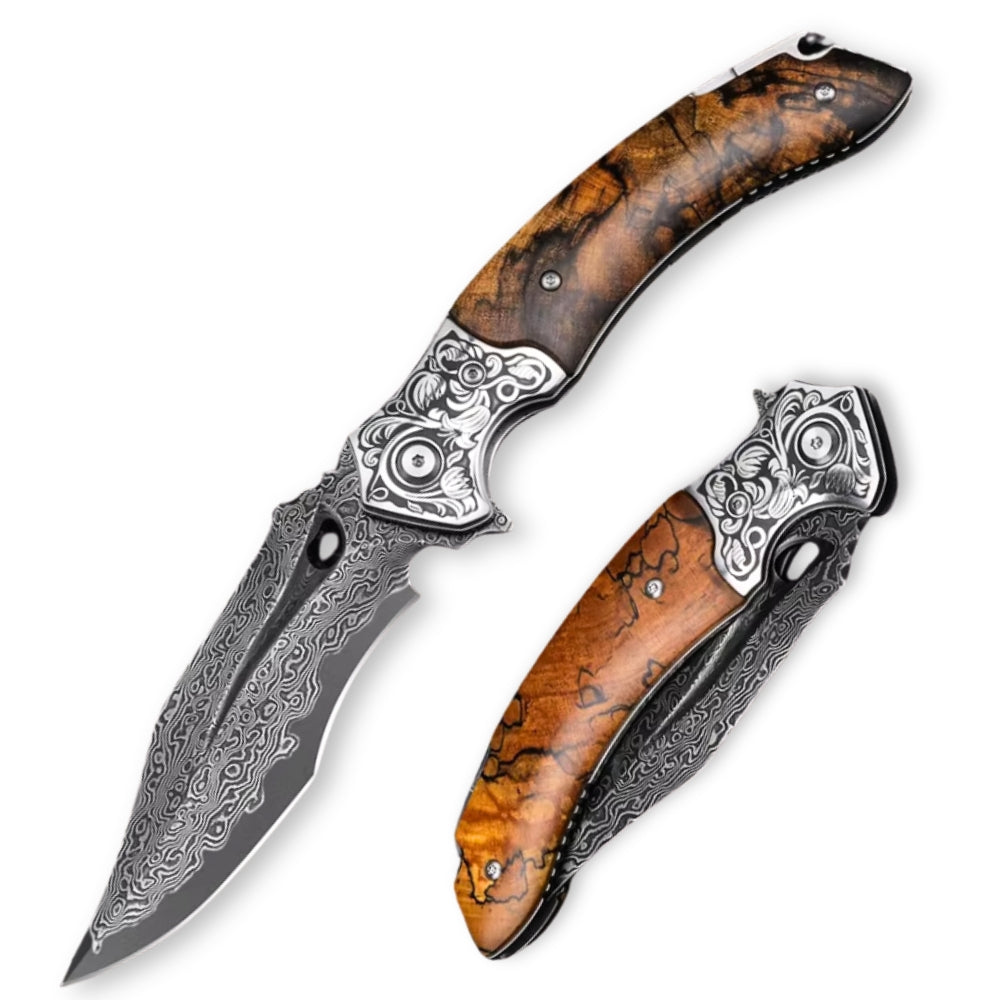
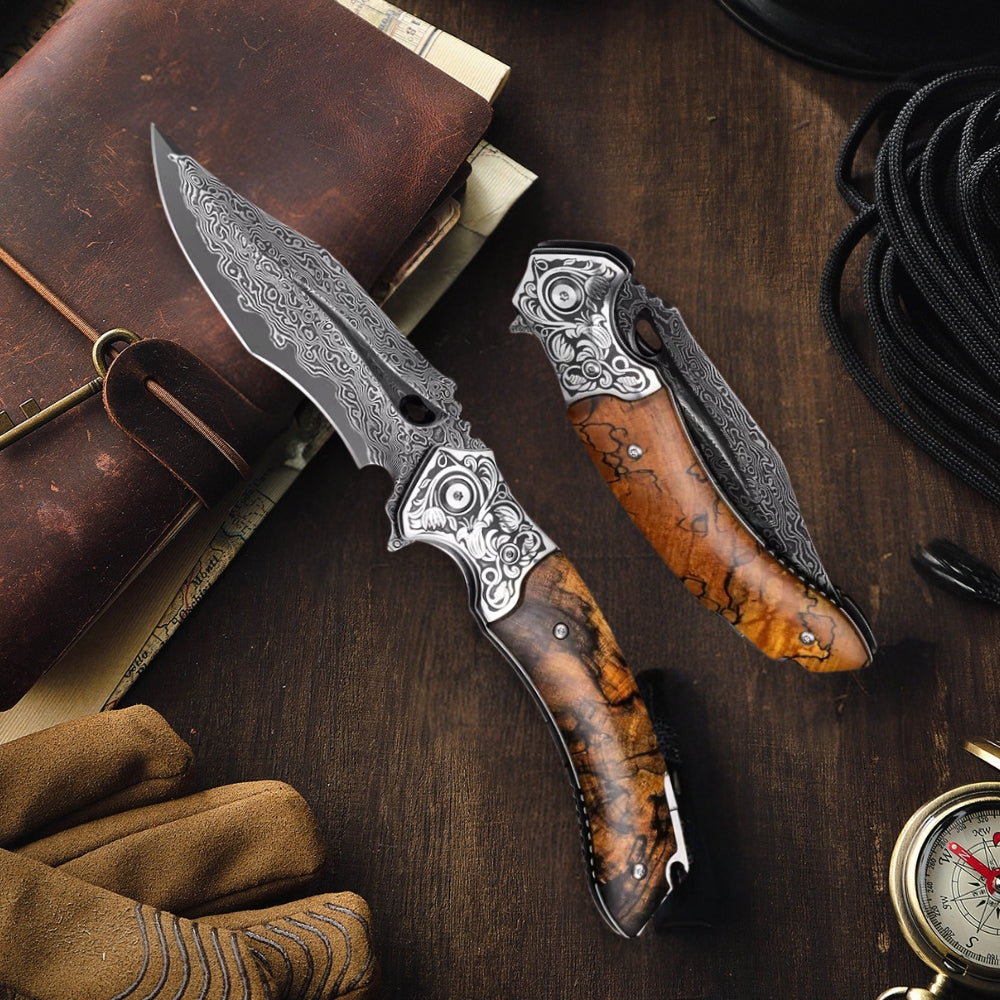
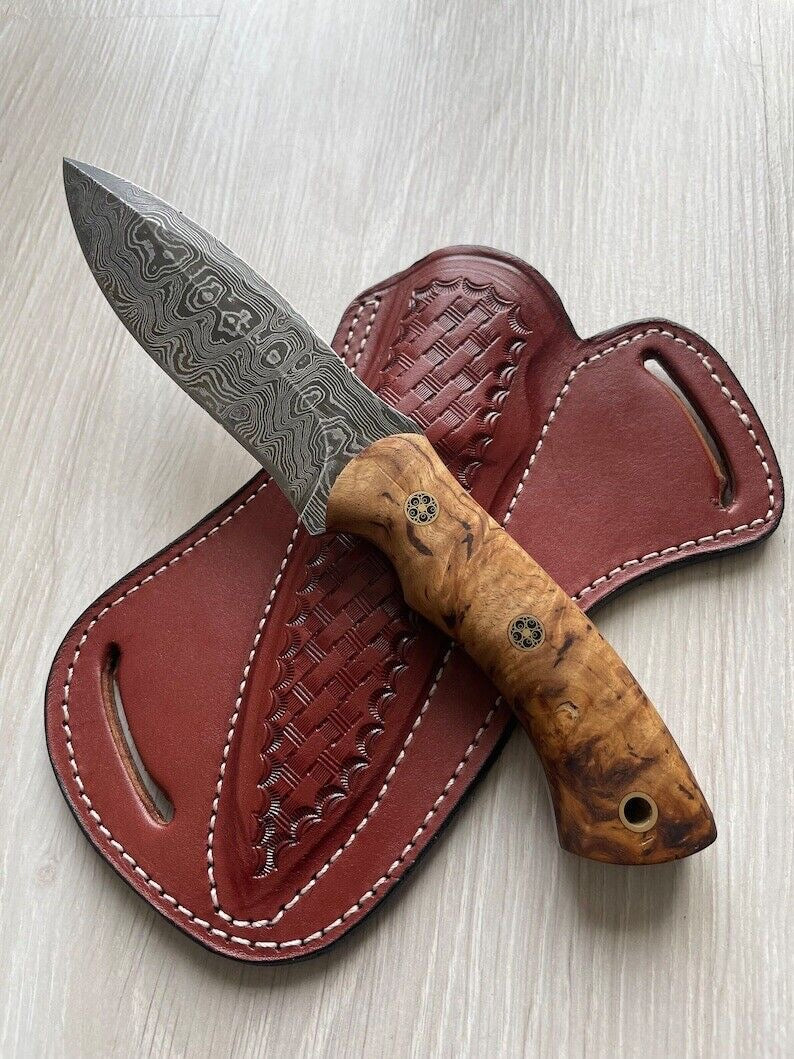
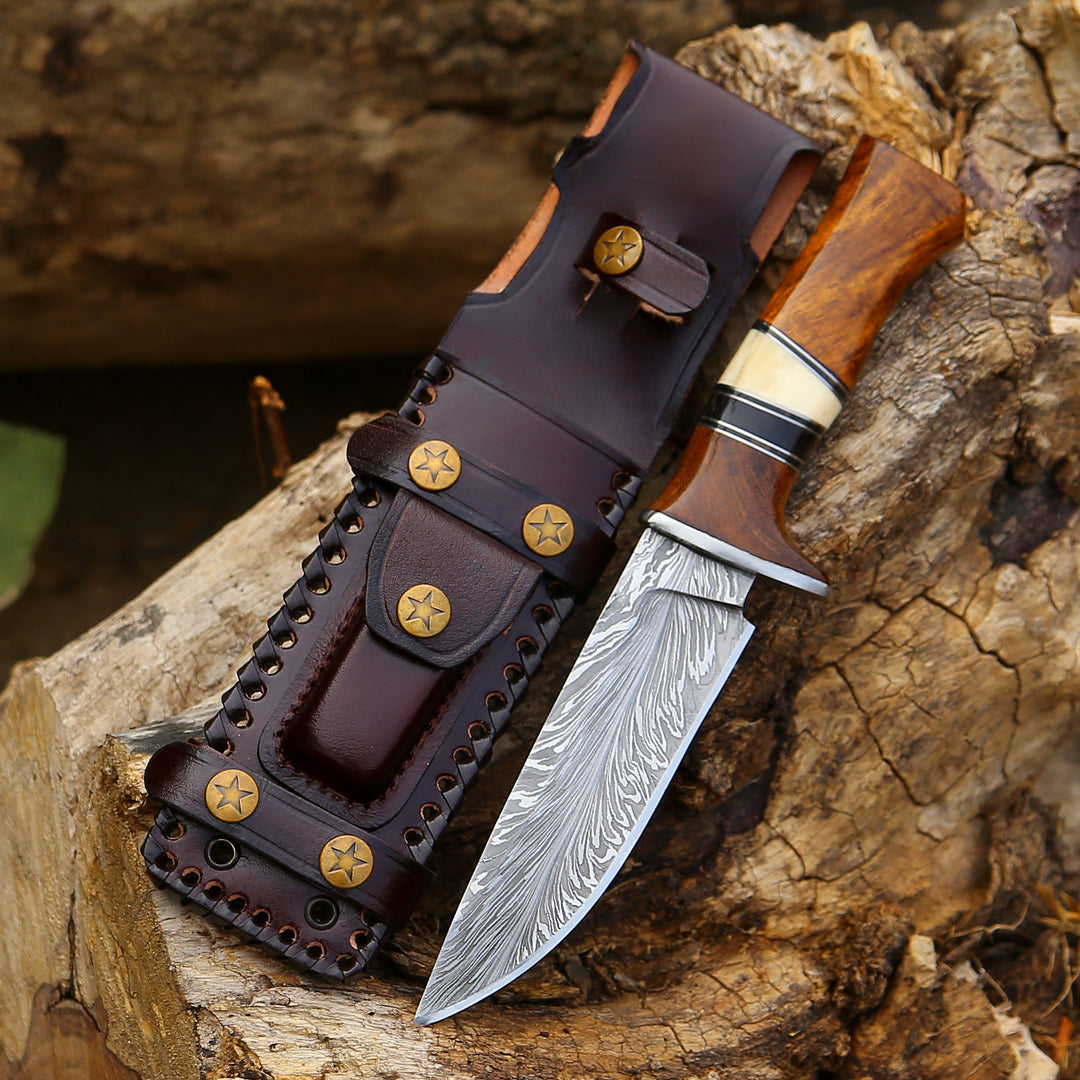
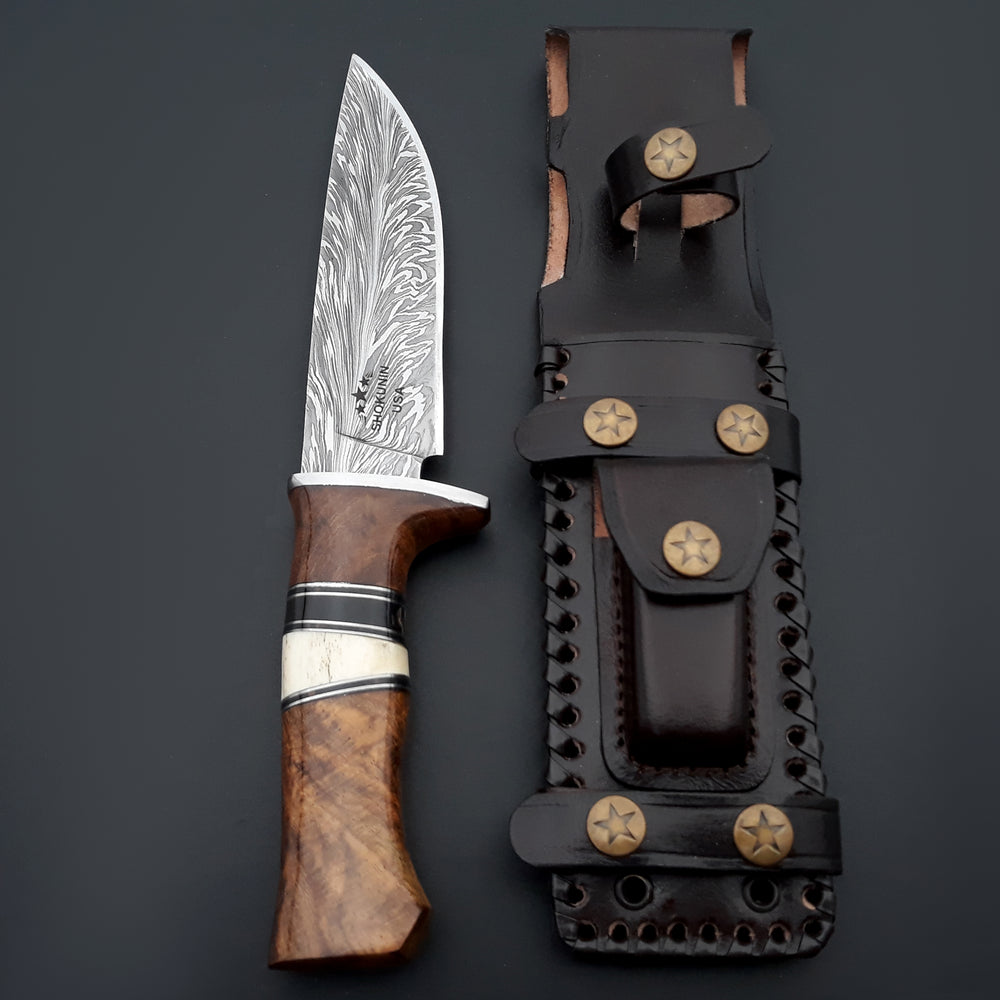
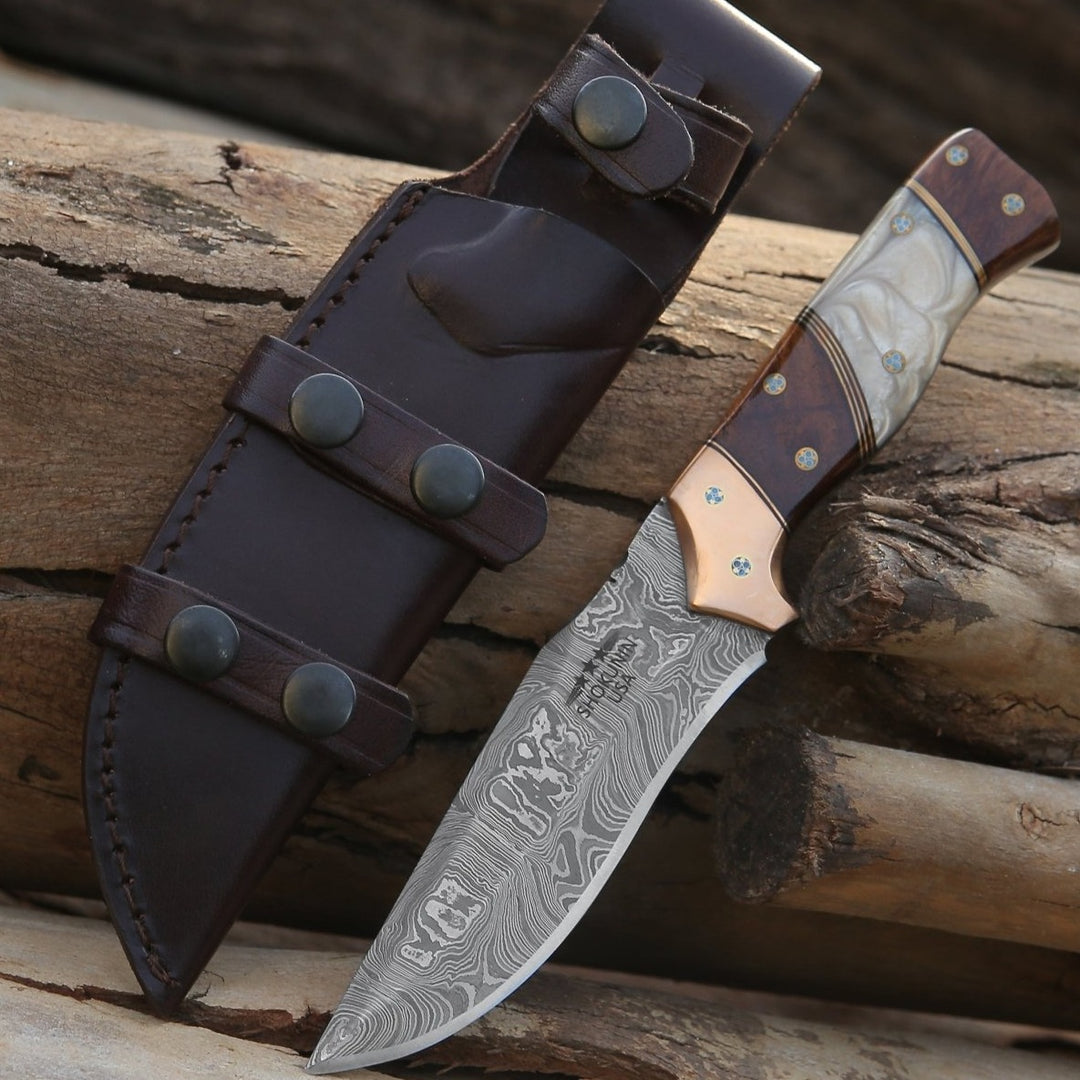
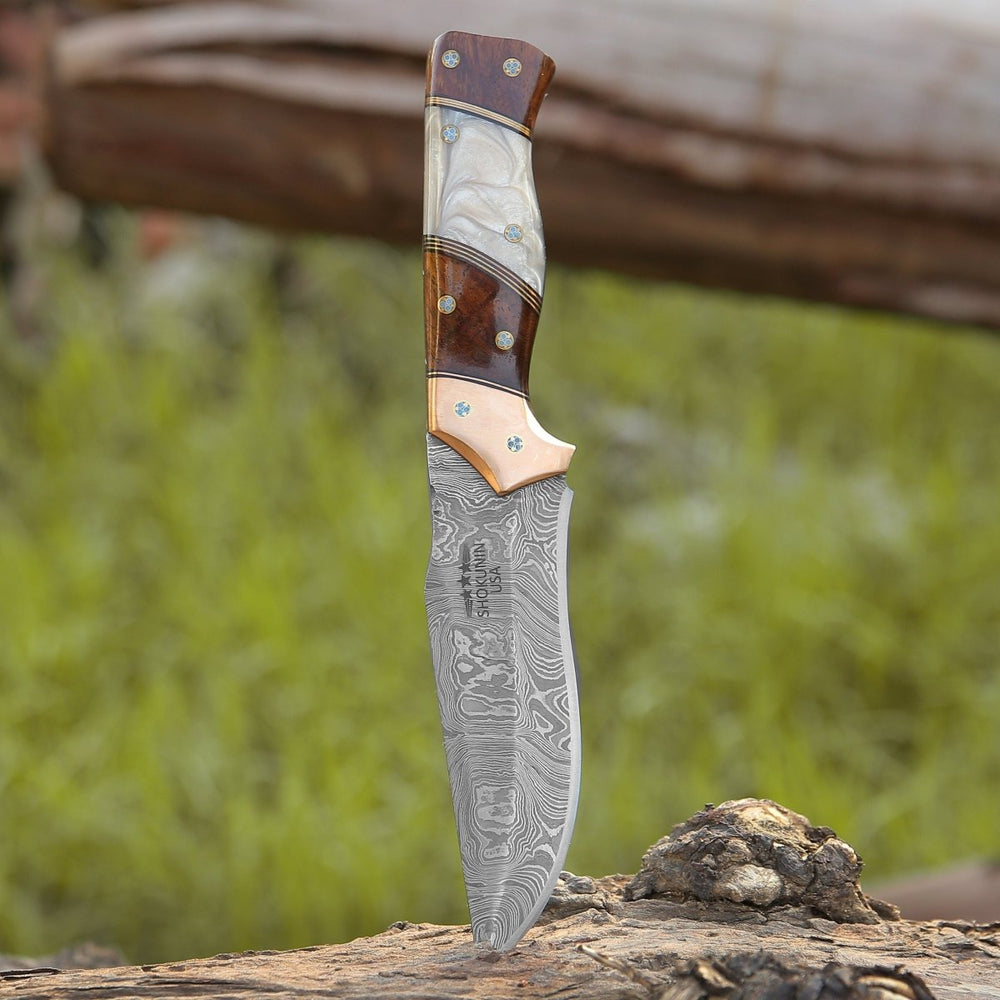
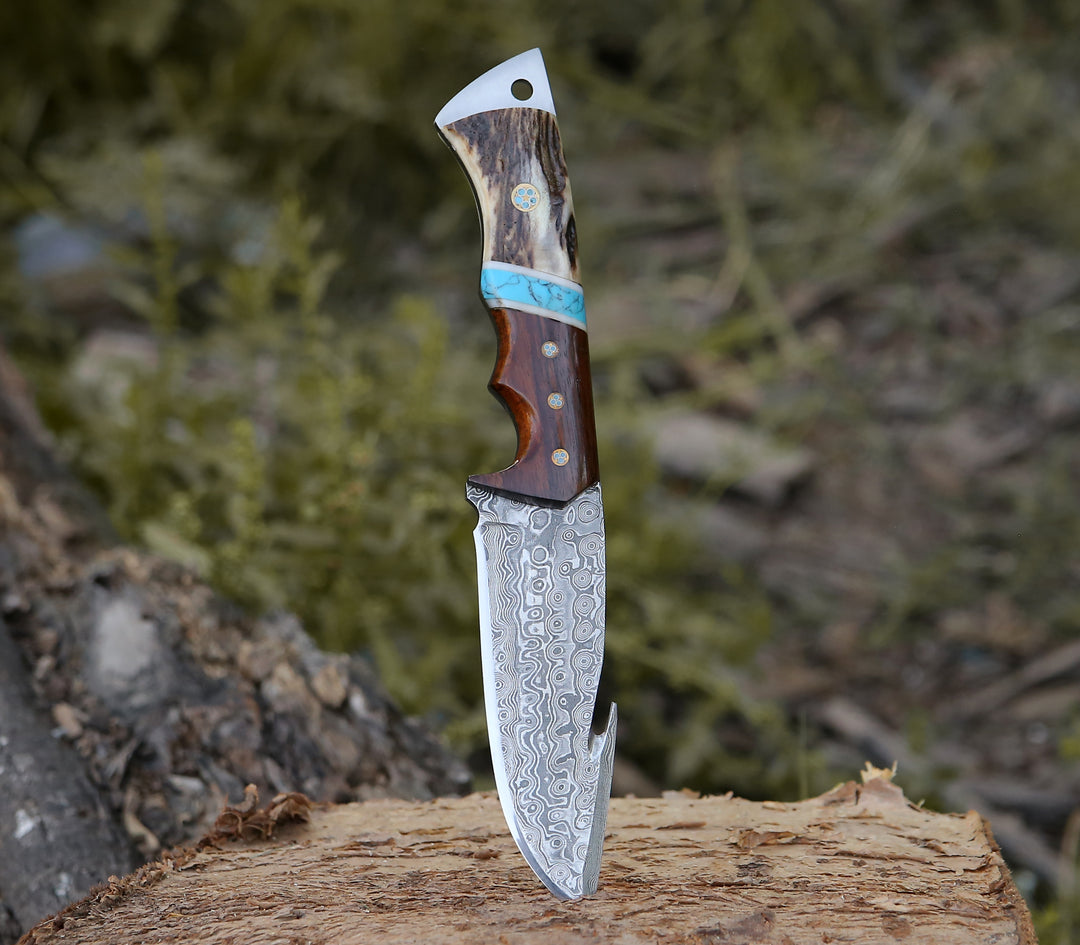
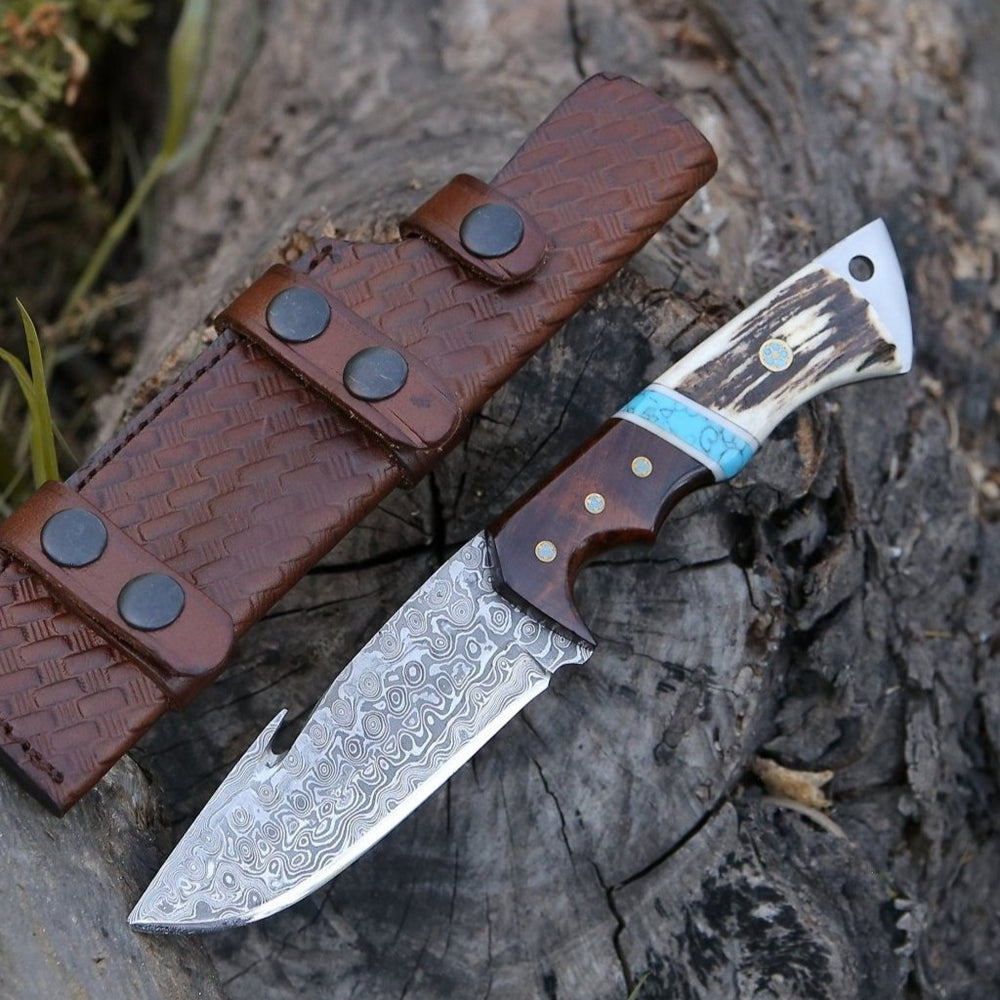
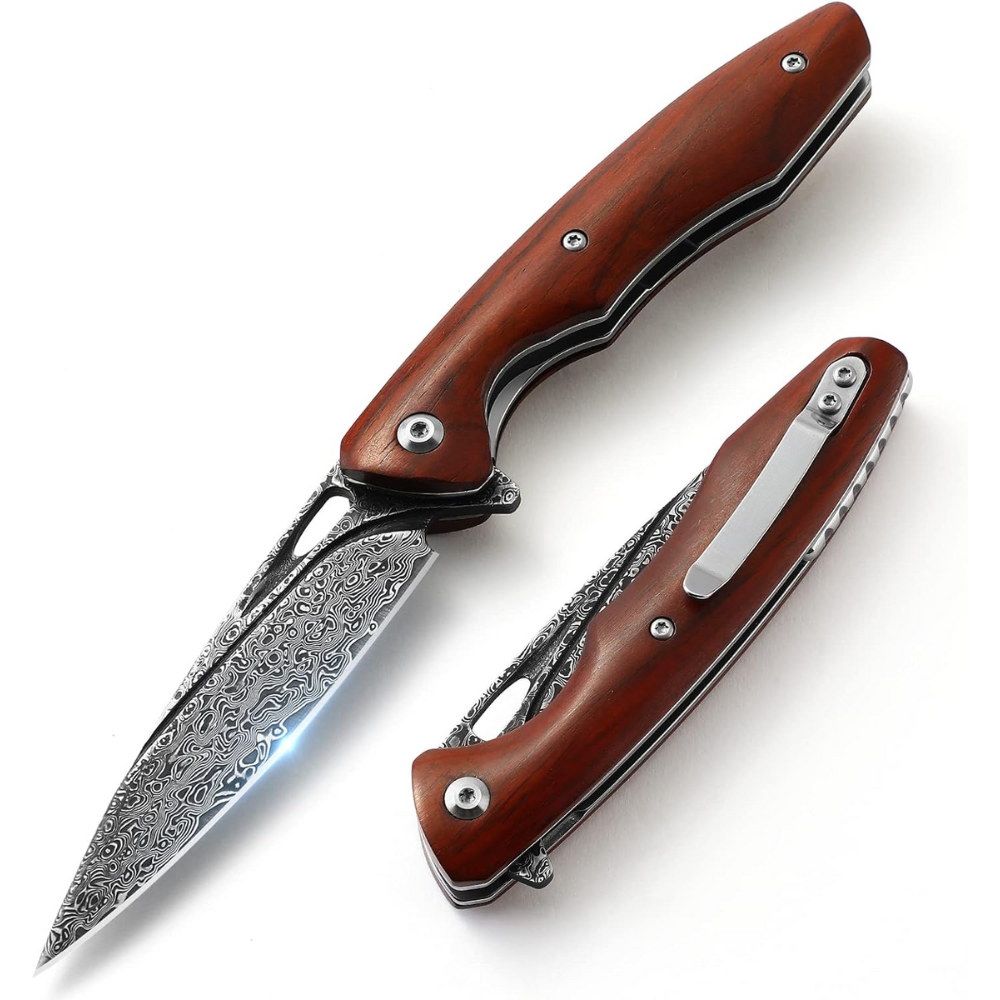
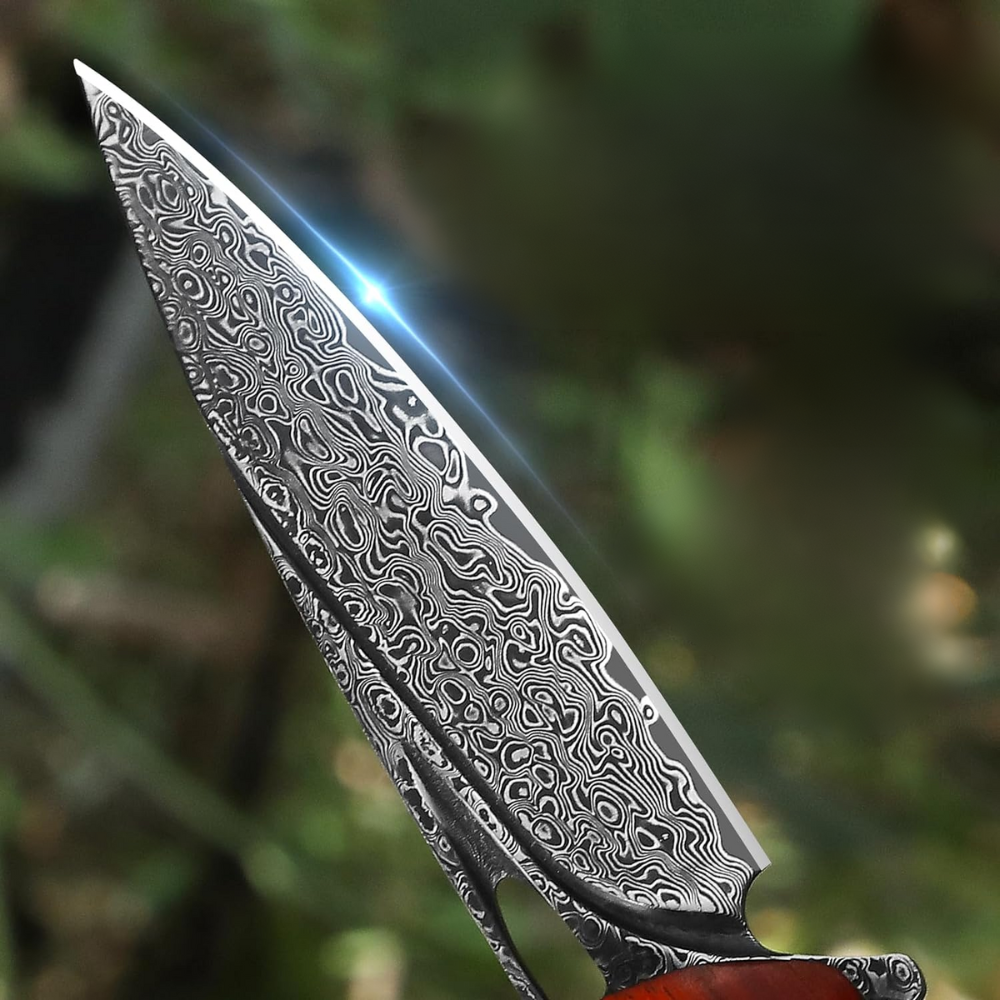

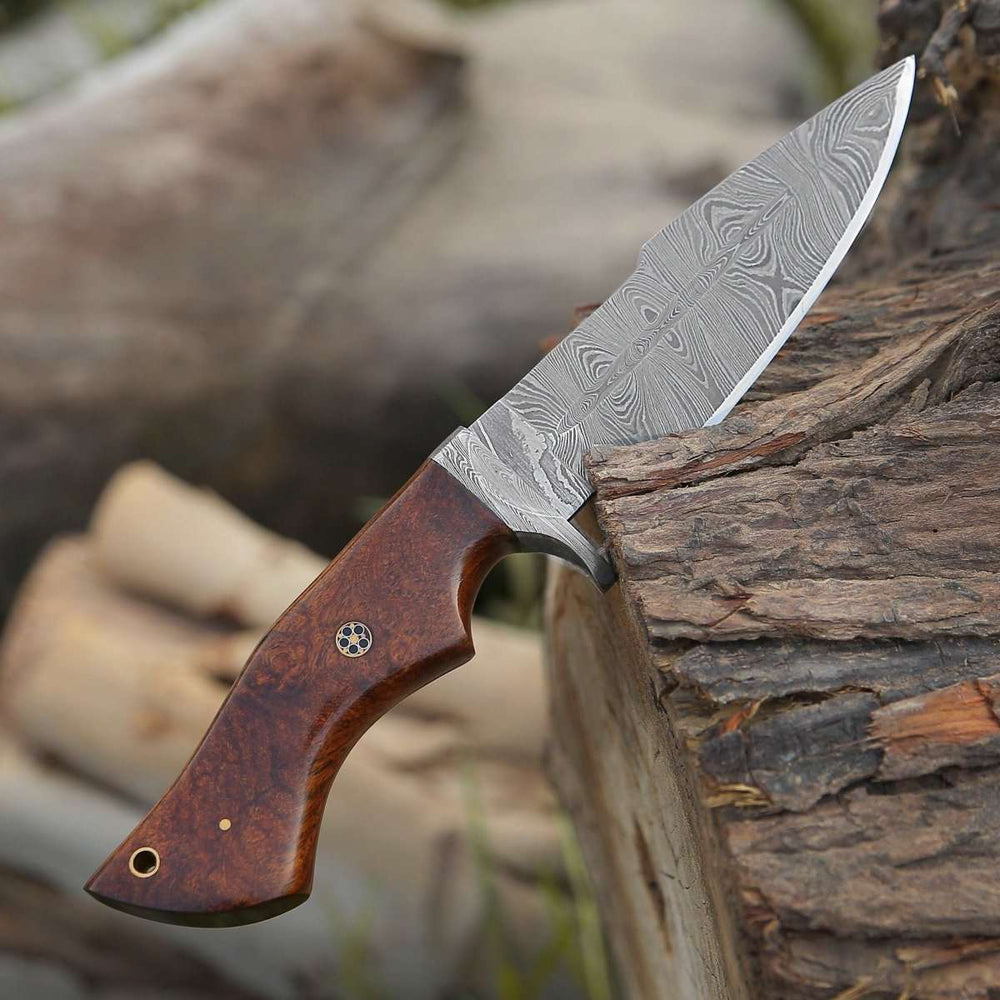
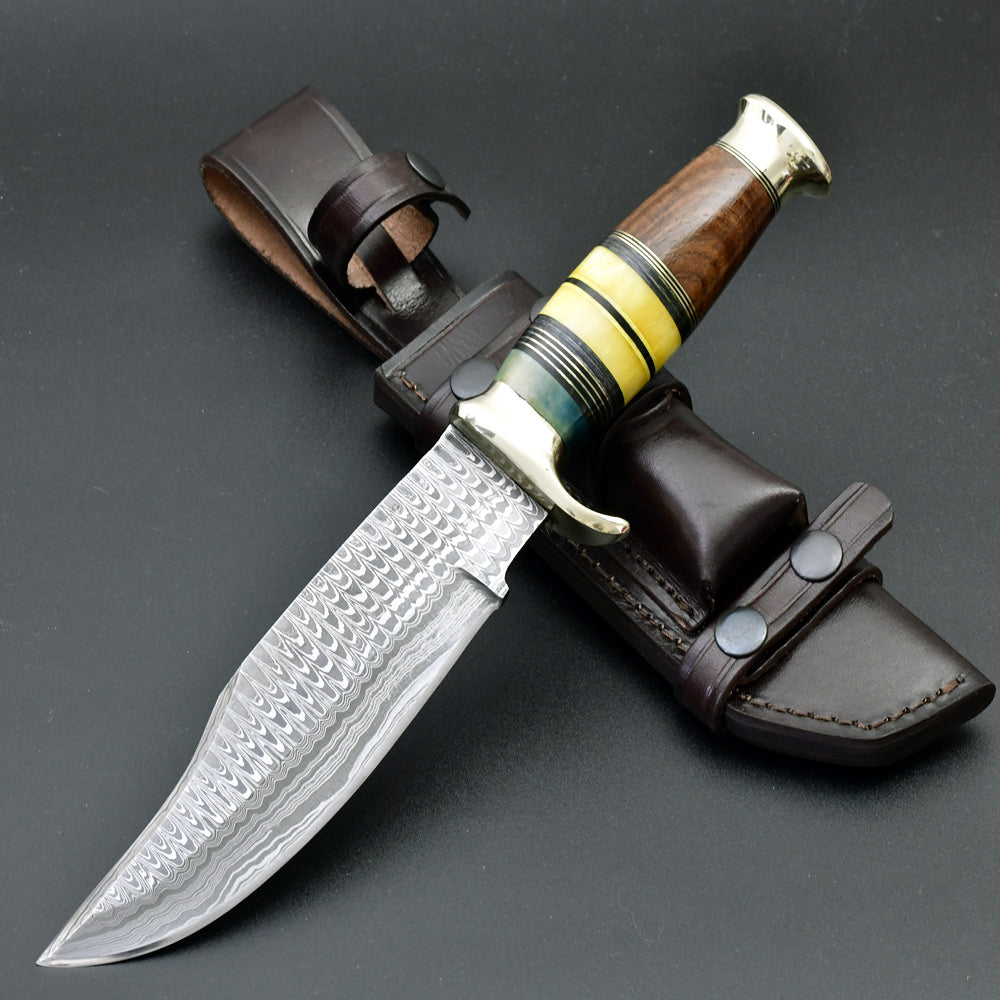
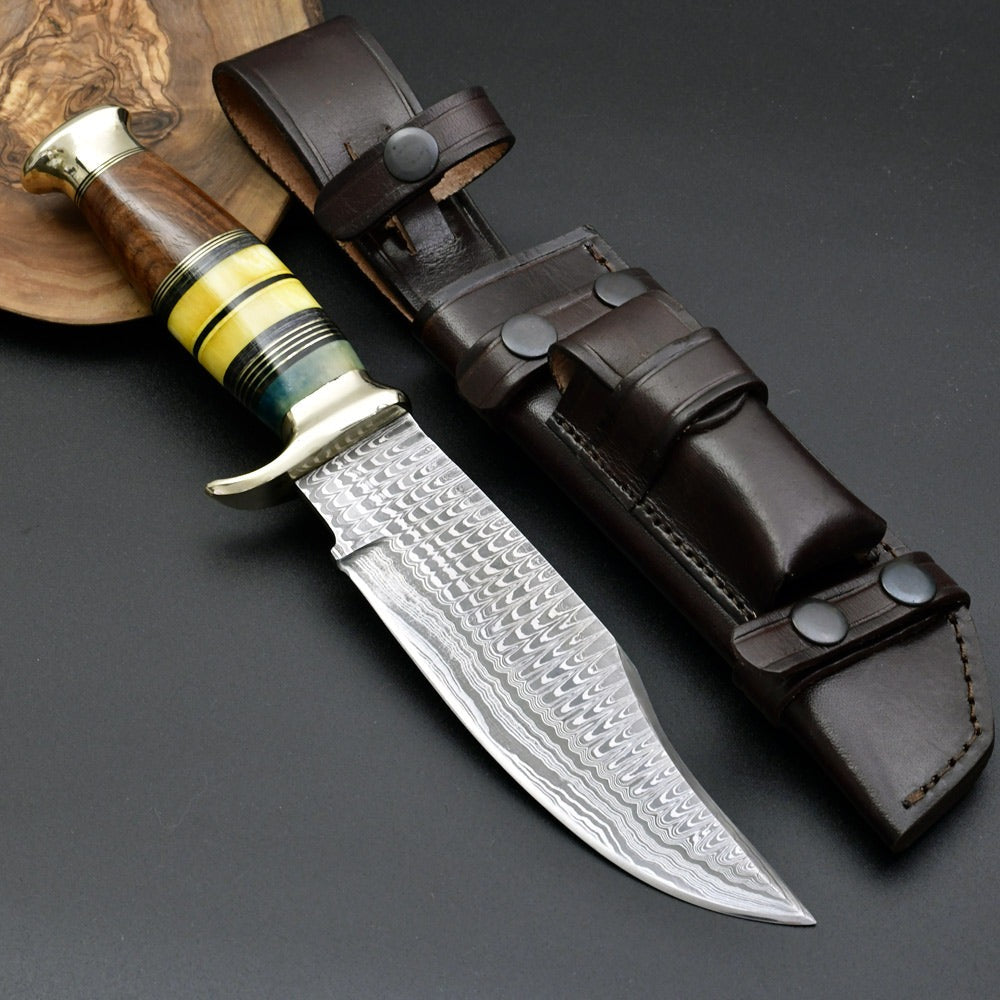

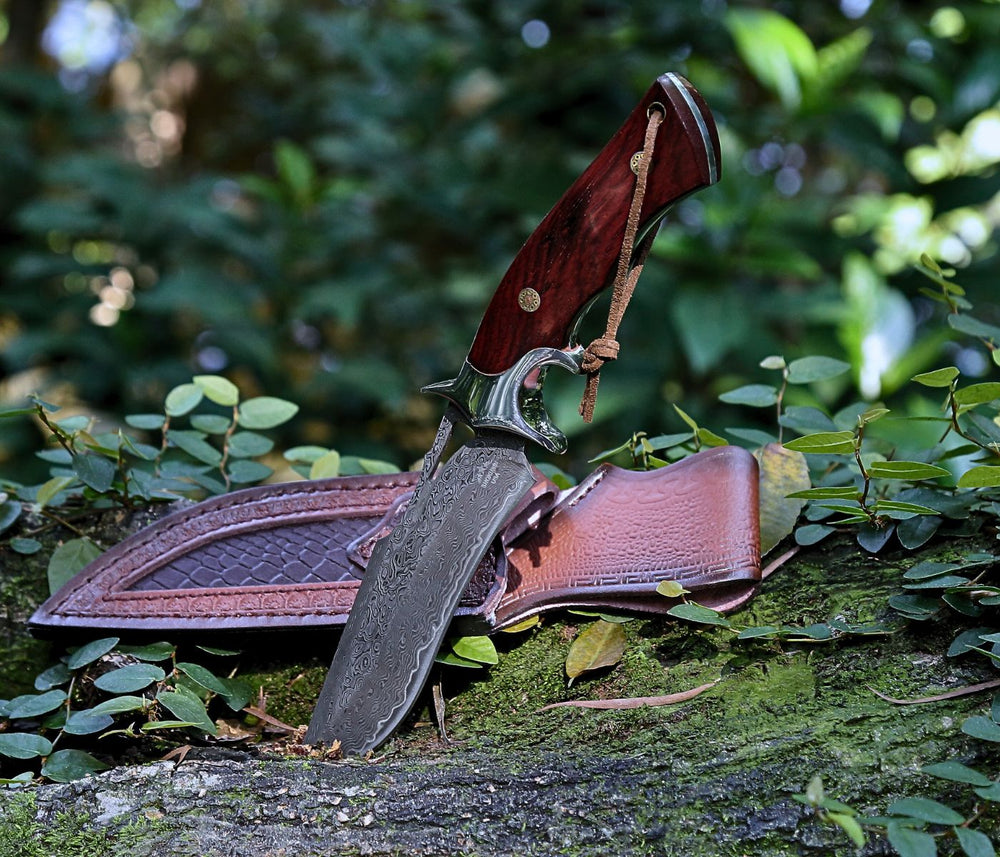
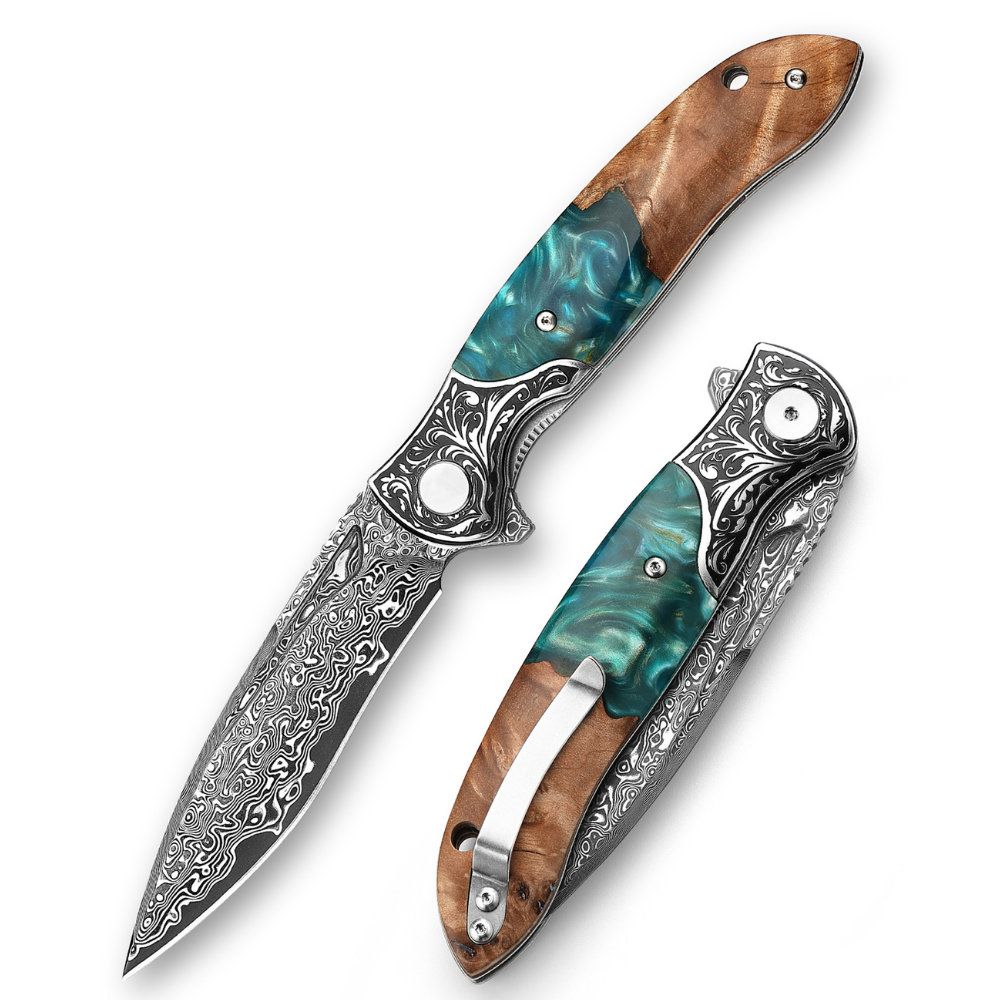
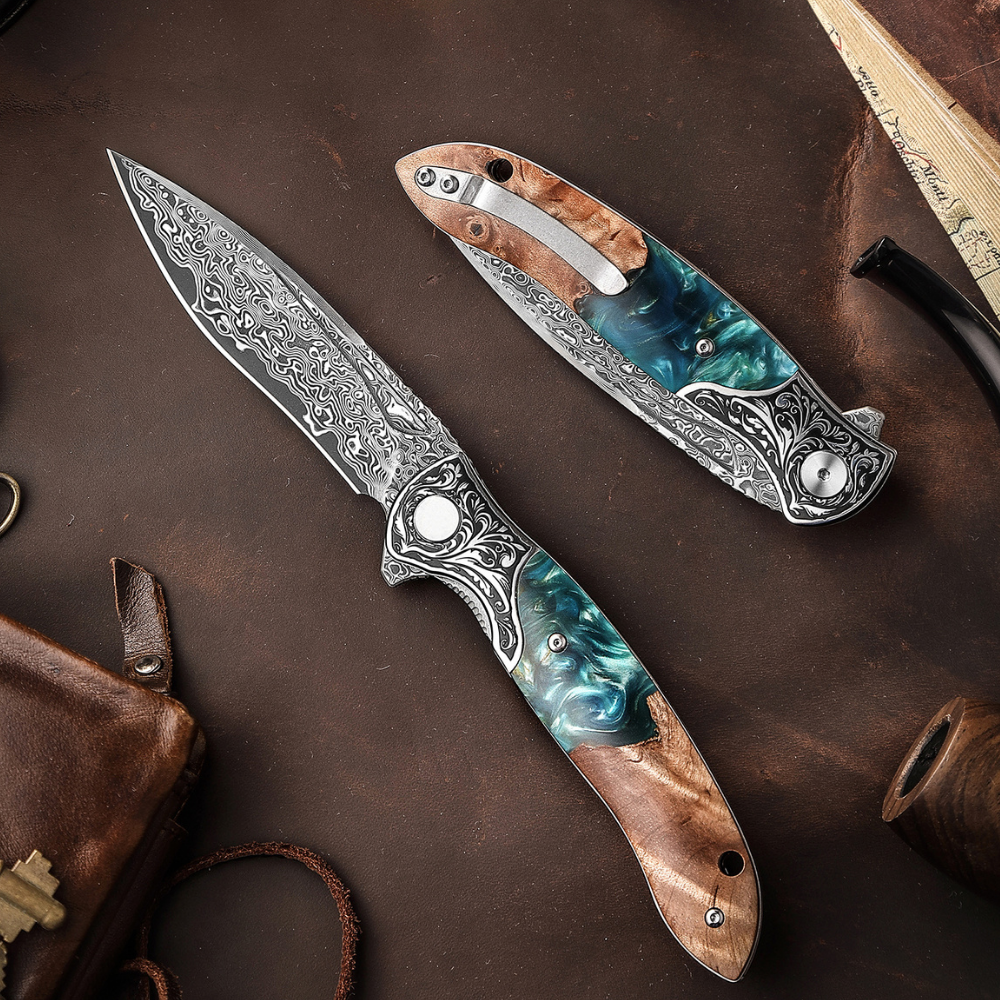
Leave a comment